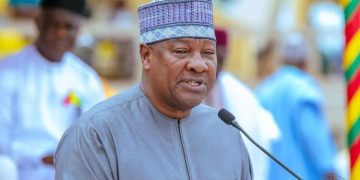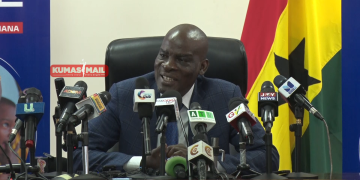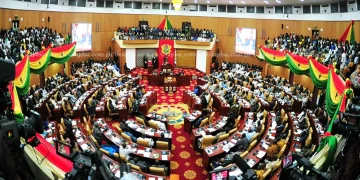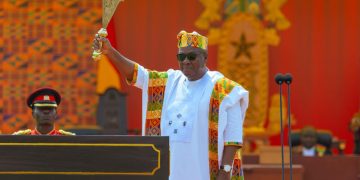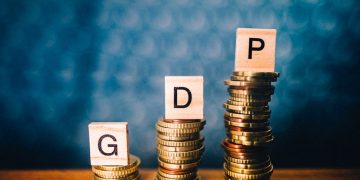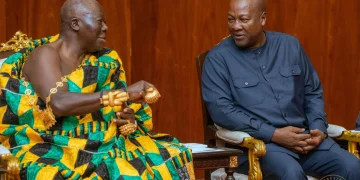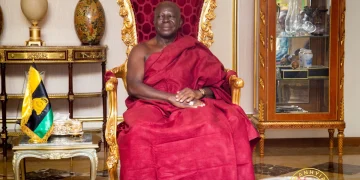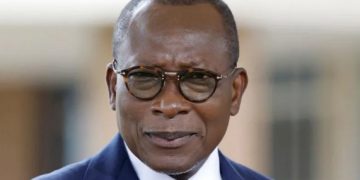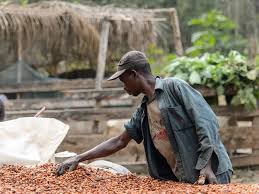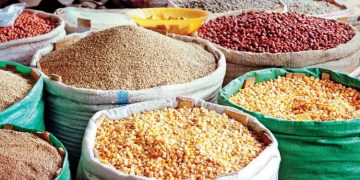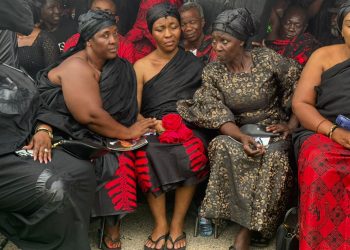Acting CEO of the Ghana Cocoa Board (CocoBOD), Dr. Randy Abbey, has revealed that the relatively small increase in the cocoa producer price per bag is chiefly due to the strong performance of the Ghanaian cedi against the US dollar.
On August 4, 2025, Finance Minister Dr. Cassiel Ato Forson announced the new cocoa price for the 2025/2026 crop season at GHS 3,228.75 per 64-kilogram bag, a modest rise from the GHS 3,100 per bag set for 2024/2025.
Despite global cocoa prices increasing significantly to approximately $7,555 per tonne, the local currency appreciation has tempered the price rise farmers see in cedis.
In an interview on Asempa FM’s Ekosiisen program, Dr. Abbey explained that the National Democratic Congress (NDC) government has fulfilled its campaign promise of ensuring cocoa farmers receive 70% of the free on board (FOB) price, a commitment reiterated by President John Mahama during recent farmer engagements.
He stated “70% of the FOB is what NDC promised in the manifesto, that is what President Mahama promised recently when he met the farmers he told them, 70%.”
Dr. Abbey noted that this percentage is at the higher end of the typical 60-70% range given to farmers worldwide.
“And the 70% we know is the highest in that bracket of 60 to 70 so you will see that the farmer share has $3100 to $5040 almost $2000. So the question is that prices has dropped below 8,000 but we’ve managed to give FOB price of 7200 how come time the prices were in their 9,000 the FOB price was 4850? How,” Dr Abbey asked rhetorically.
He highlighted that although the nominal FOB price in US dollars rose from $3,100 to $5,040 per tonne (about a $2,000 increase), the improved cedi exchange rate from around 16 to about 10.25 to the dollar has offset the gains farmers receive in local currency.
Dr. Abbey explained “You don’t see a big difference because of the exchange rate; the Ghana cedi has performed well. So, you are comparing 16 to 10.25, which means almost 6 cedis have been shaved off the dollar. This represents over 40% improvement in the currency’s performance. Assuming the Ghana cedi to the dollar was at 16, with $5,040 it would be 80,640 cedis, and dividing that by 16, you will get a bag price of over 5,000 cedis per bag.”
Dr. Abbey underscored the dual factors in pricing: the FOB dollar price and the prevailing exchange rate. “Farmers are paid in cedis after converting their dollar earnings at the current exchange rate, so a stronger cedi means the cedi price per bag doesn’t increase as much, even if international prices do,” he said.
Source: www.Kumasimail/Kwadwo Owusu



